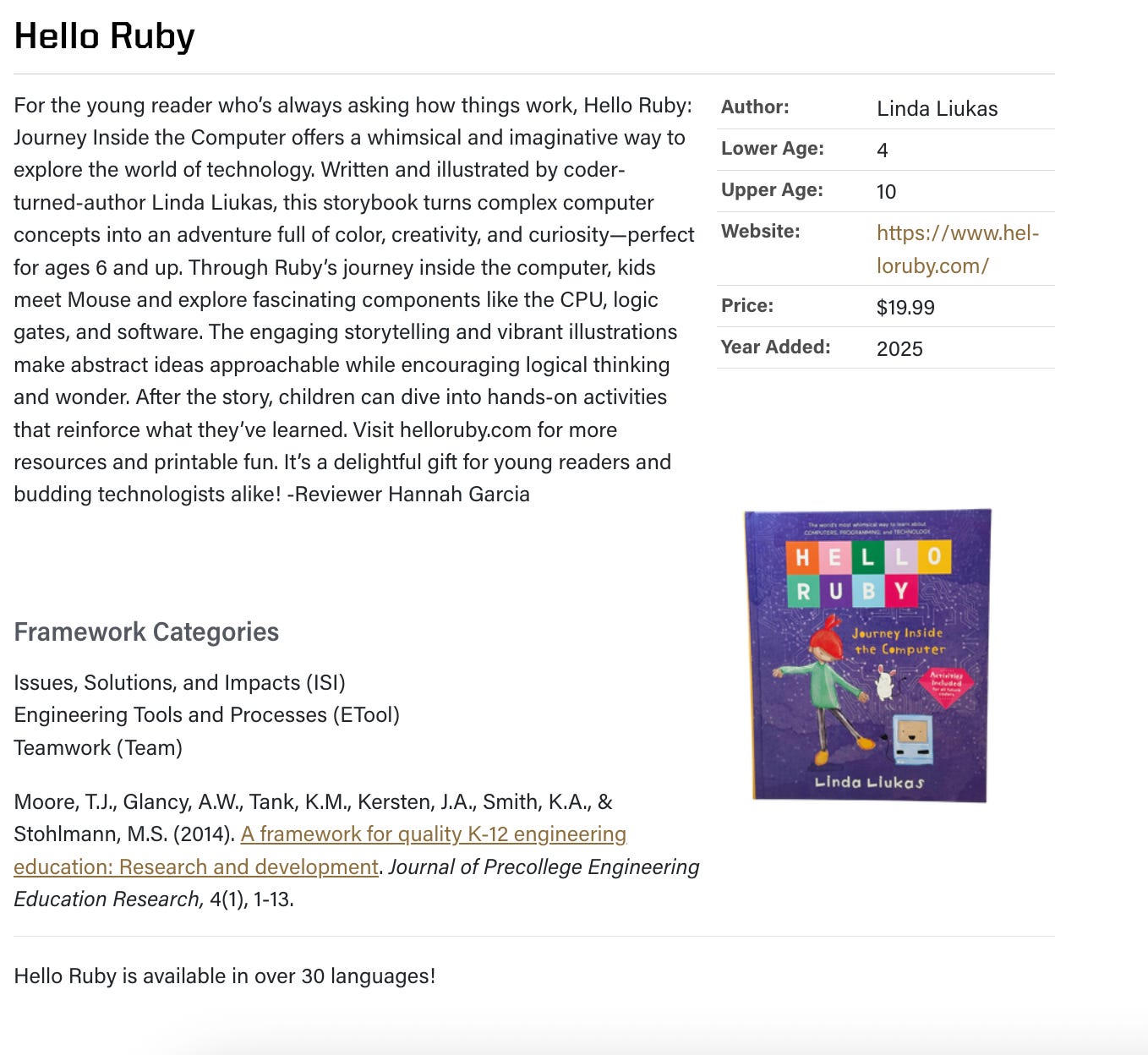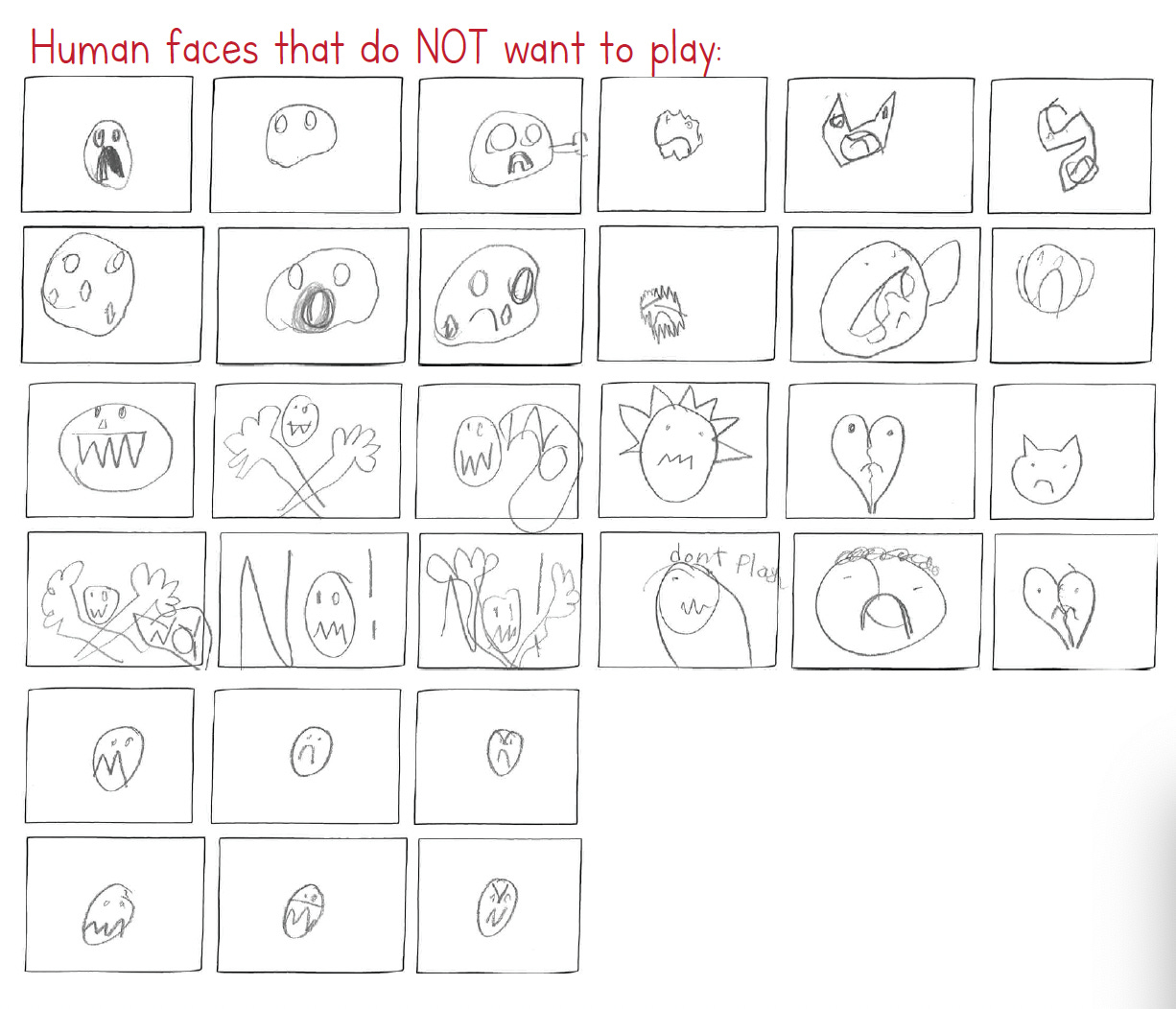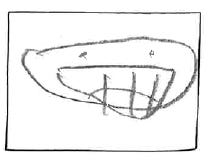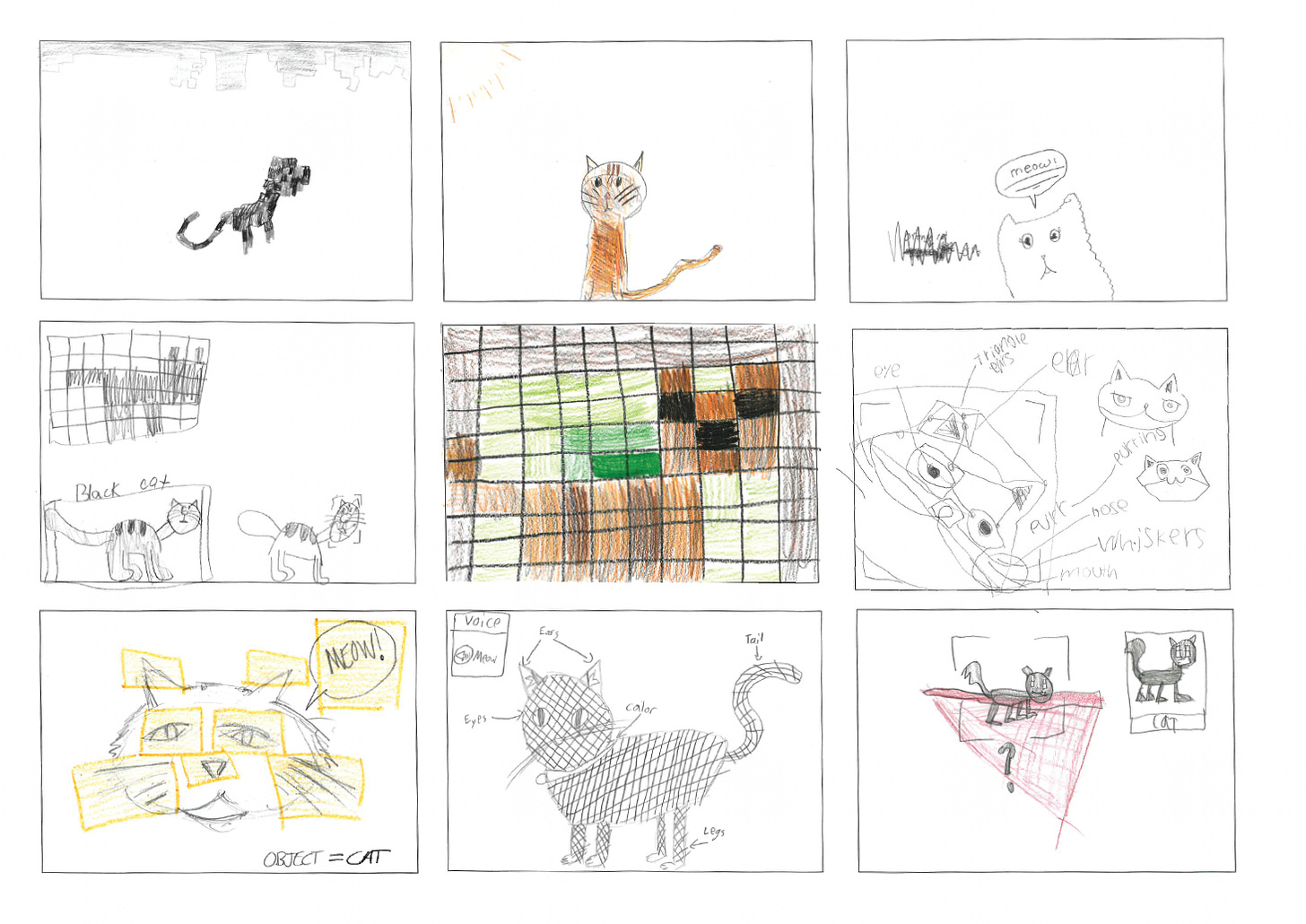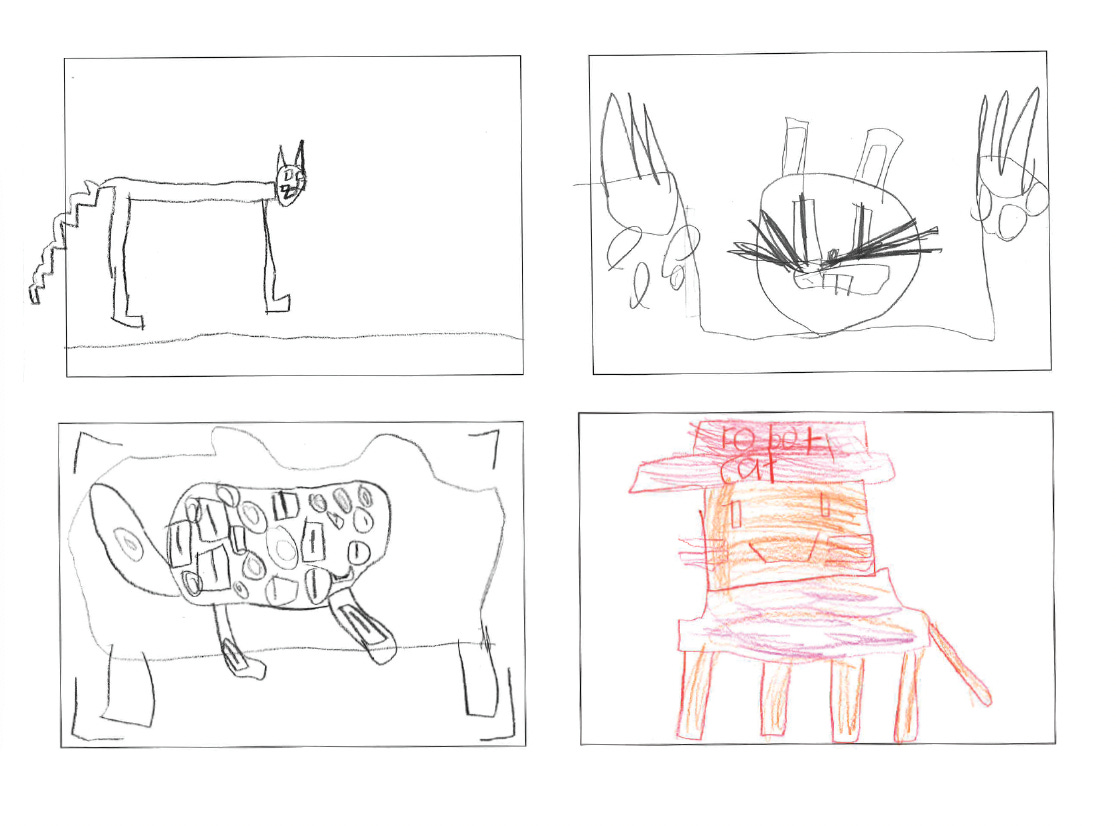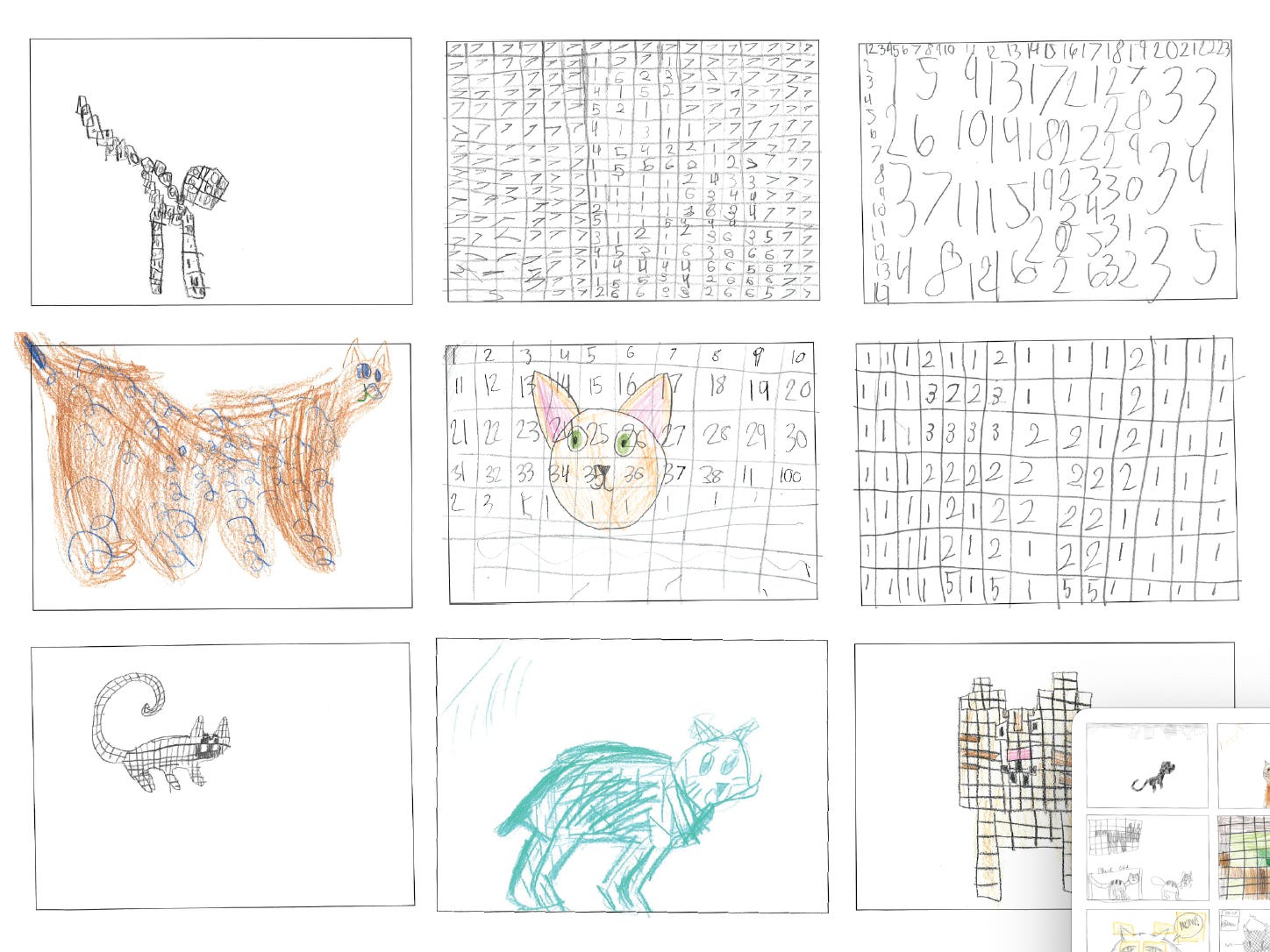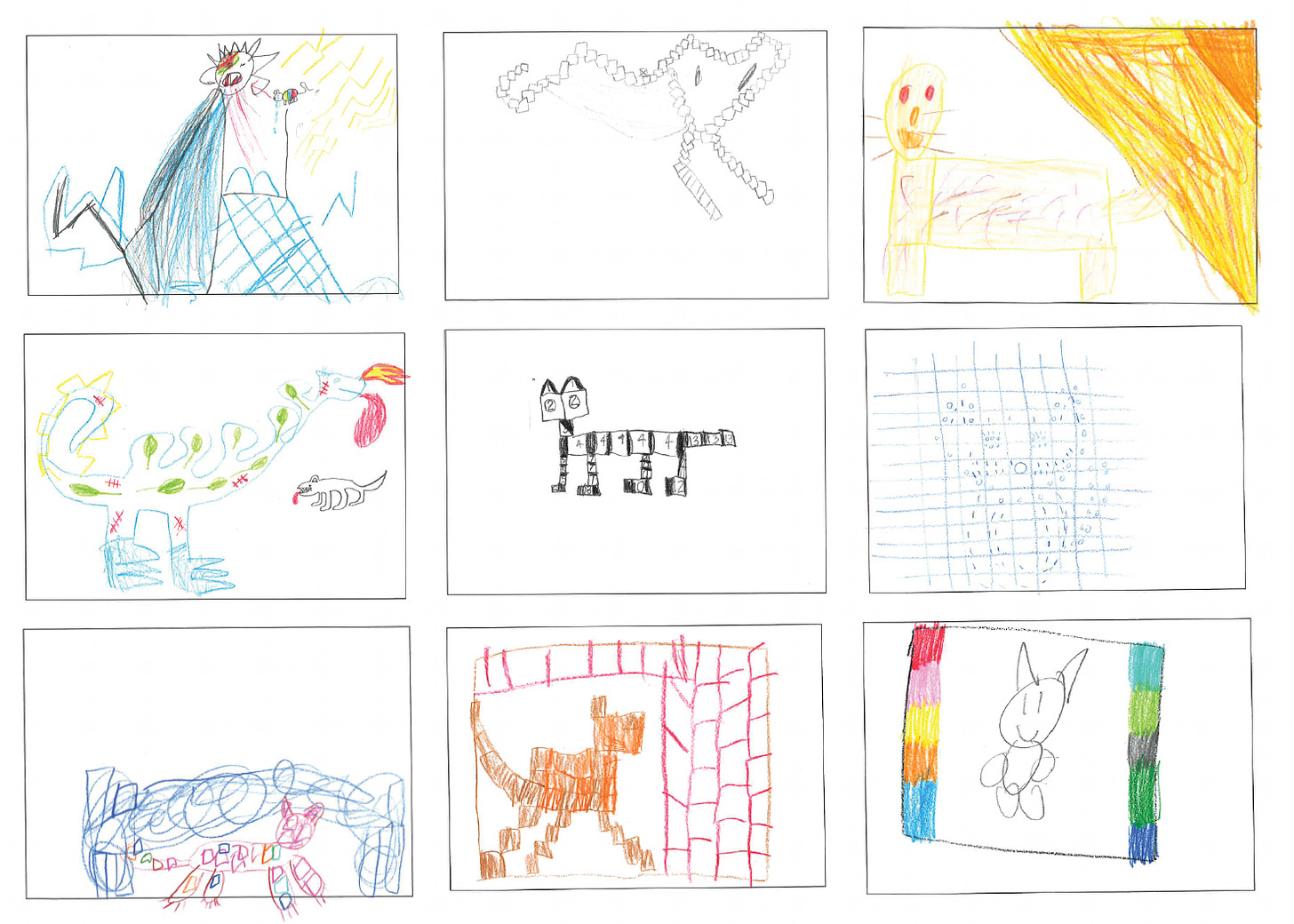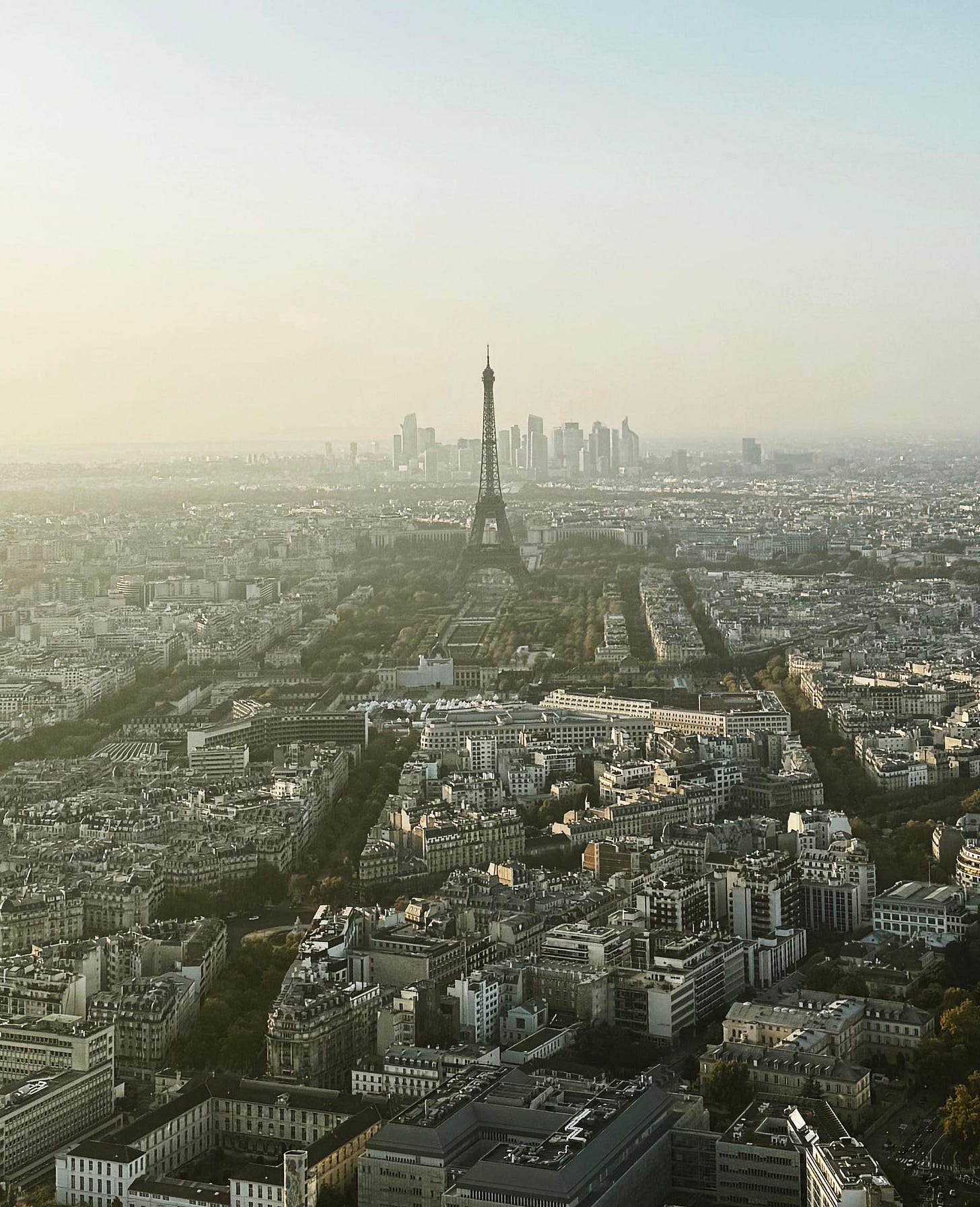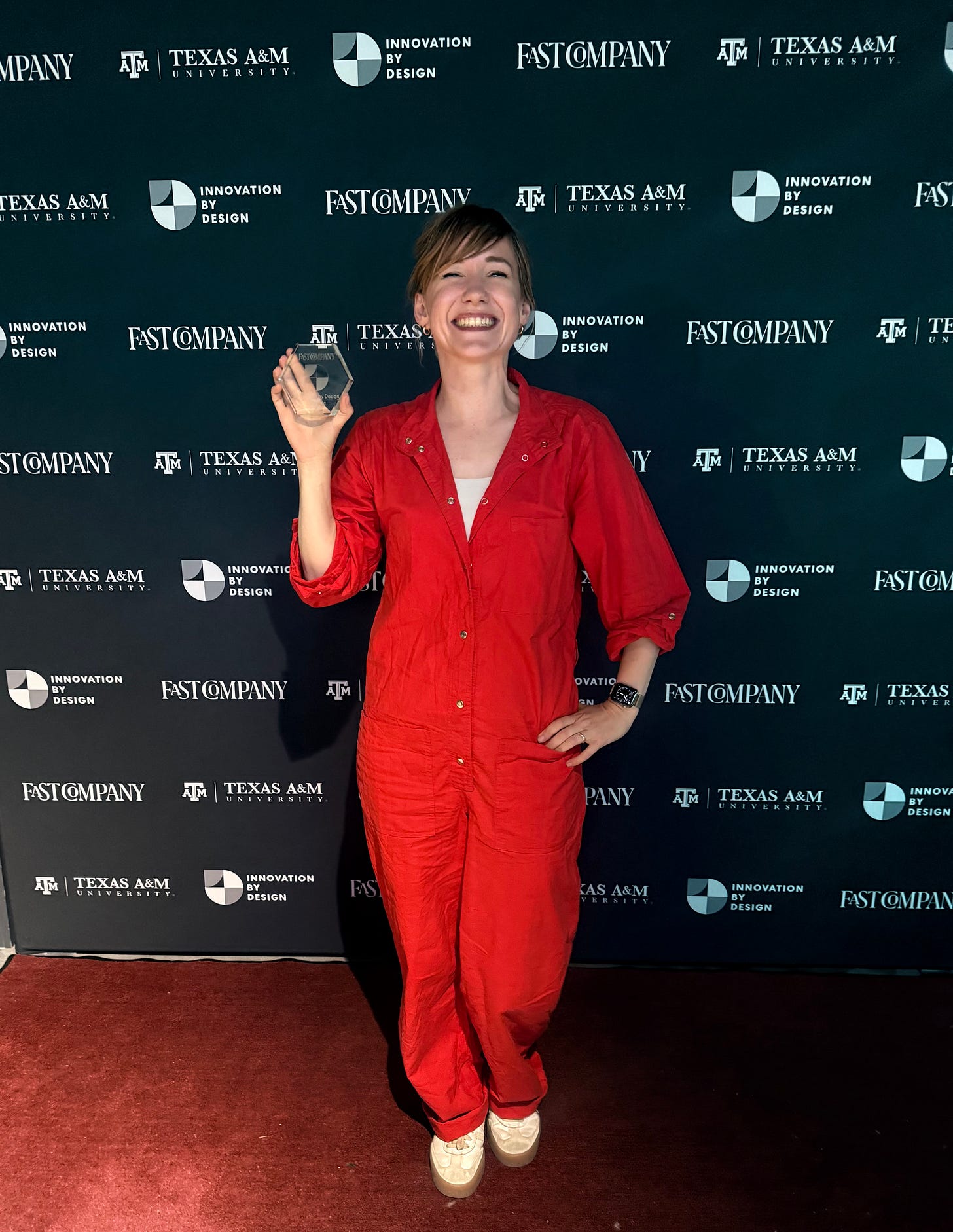My name is Linda. I write a bi-weekly newsletter about computer science, childhood, and culture.
Hi, hi. It’s my end of year tradition: a Q&A edition (2021, 2022, 2023, 2024). I do these for selfish reasons: answering has been a good way to notice how I’ve changed. If you have questions, reply below or email me. I’ll keep questions anonymous.
Since the New York tips were so helpful, I’m paging London! I’ll be there in early December and would love an eat / walk / coffee with people working on play in public space and city-scale learning—city folk, foundations, developers, and community groups open to swapping notes.
1.
This editions illustrations come again from Dana Stewart’s computer science class at Catherine Cook School in Chicago:
AI models rely on training data. These are examples drawn by 2nd grade students. Imagine a robot that is programmed to be your friend. This training data could be used to teach the robot when you want to play, and when you want to be left alone. How would a robot know if you wanted to play?
(Here’s the Hello Ruby activity that served as the inspiration. Last time I shared the cats they did!)
2.
I’ve properly started work on a new book, so I needed a new pinboard (rhis one from Ferm living) I remember the gigantic noteboard on the set of The French Dispatch and thinking: this.
My second narrative non-fiction book will be a journey through embryogenesis, information theory, IVF, cellular automata, and computation. It asks a simple question: How does life know what to become? I’m using two lenses: computer science (now more and more reaching into developmental biology) and personal, embodied experience.
At the beginning, a book doesn’t feel like a book. It feels like a Christmas tree. I hang ornaments (ideas?) and sort through buckets. It’s important for me to keep key names, concepts, and visuals in sight while writing, and analogue works best for me.
3.
Speaking of Wes Anderson: if ever there were an exhibition custom-made for me, it’s The House on Utopia Parkway: Joseph Cornell’s Studio Reimagined by Wes Anderson. Anderson, working with curator Jasper Sharp, is turning Gagosian’s space at 9 rue de Castiglione into a walk-in version of Cornell’s Queens studio. Cornell, famous for his miniature worlds and reclusive habits, never visited Paris, yet dreamed of it all his life through postcards, guidebooks, and conversations. The show runs December 16, 2025 to March 14, 2026.
I first met Cornell through Michael Chabon’s essay, and bumped into him again in Stepanova’s Memory of Memory this summer. If you love boxes, reliquaries, and carefully arranged objects, this one belongs on the calendar.
4.
Hello Ruby: Journey Inside the Computer is in the Engineering gift guide of Purdue University!
It makes me so happy a book that is well over a decade gets this glowing recommendation. “For the young reader who’s always asking how things work, Hello Ruby: Journey Inside the Computer offers a whimsical and imaginative way to explore the world of technology”. Each year Purdue University reviews dozens of toys and kits, evaluating each for educational value, engagement and accessibility. The final list includes gifts that support hands-on learning, creativity and critical thinking. The other nine finalists look great too for a budding engineer!
5.
The Seventh Wonder of the modern world is a human child, any child. I used to wonder about childhood and the evolution of our species. It seemed to me unparsimonious to keep expending all that energy on such a long period of vulnerability and defenselessness, with nothing to show for it, in biological terms, beyond the feckless, irresponsible pleasure of childhood. After all, I used to think, it is one sixth of a whole human life span! Why didn’t our evolution take care of that, allowing us to jump catlike from our juvenile to our adult (and, as I thought) productive stage of life?
I had forgotten about language, the single human trait that marks us out as specifically human, the property that enables our survival as the most compulsively, biologically, obsessively social of all creatures on earth, more interdependent and interconnected even than the famous social insects. I had forgotten that, and forgotten that children do that in childhood. Language is what childhood is for.
- Lewis Thomas, “Seven Wonders,” in The Medusa and the Snail (1979)
Language is what childhood is for. I see it each day as my son build his French skills from noise into meaning. Robin Sloan’s point about memory fits here: real knowledge has provenance.
6.
The new essay collection Dead and Alive by Zadie Smith is gold. I’d read a few before (on Tár, Stormzy), but there are many new, sommersaulting pieces on girlhood, art, and more.
I’ve been listening to Rosalía’s “Lux” on nonstop repeat for the November blues. I, too, want to be visited by Björk the songbird.
P.S Me, sending this newsletter after two weeks of school vacation plus an extra Armistice Day off:





